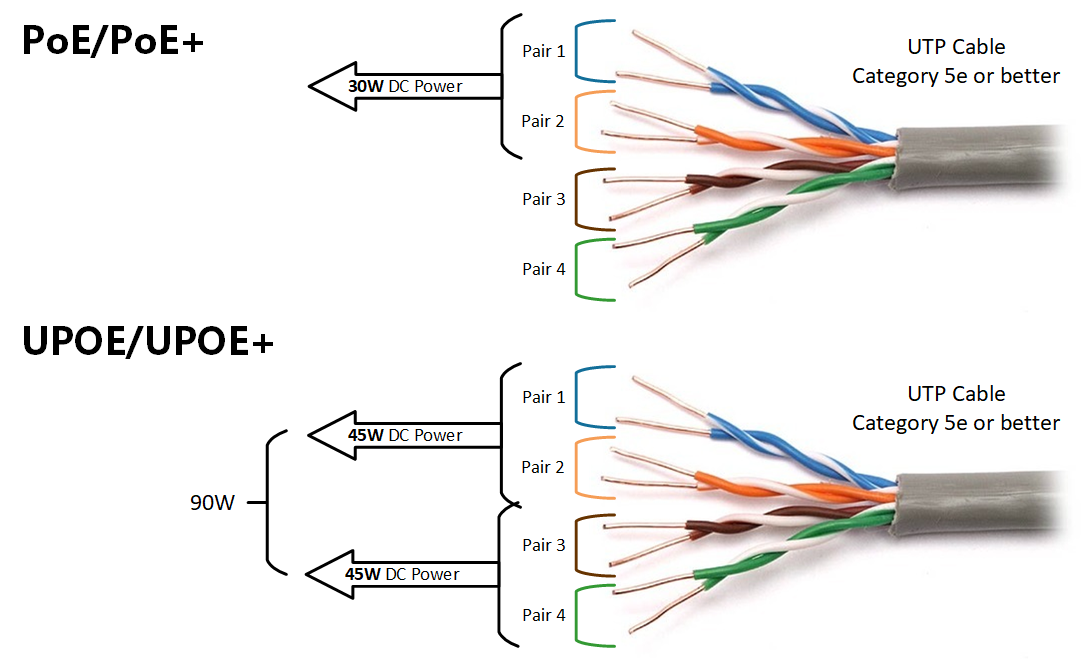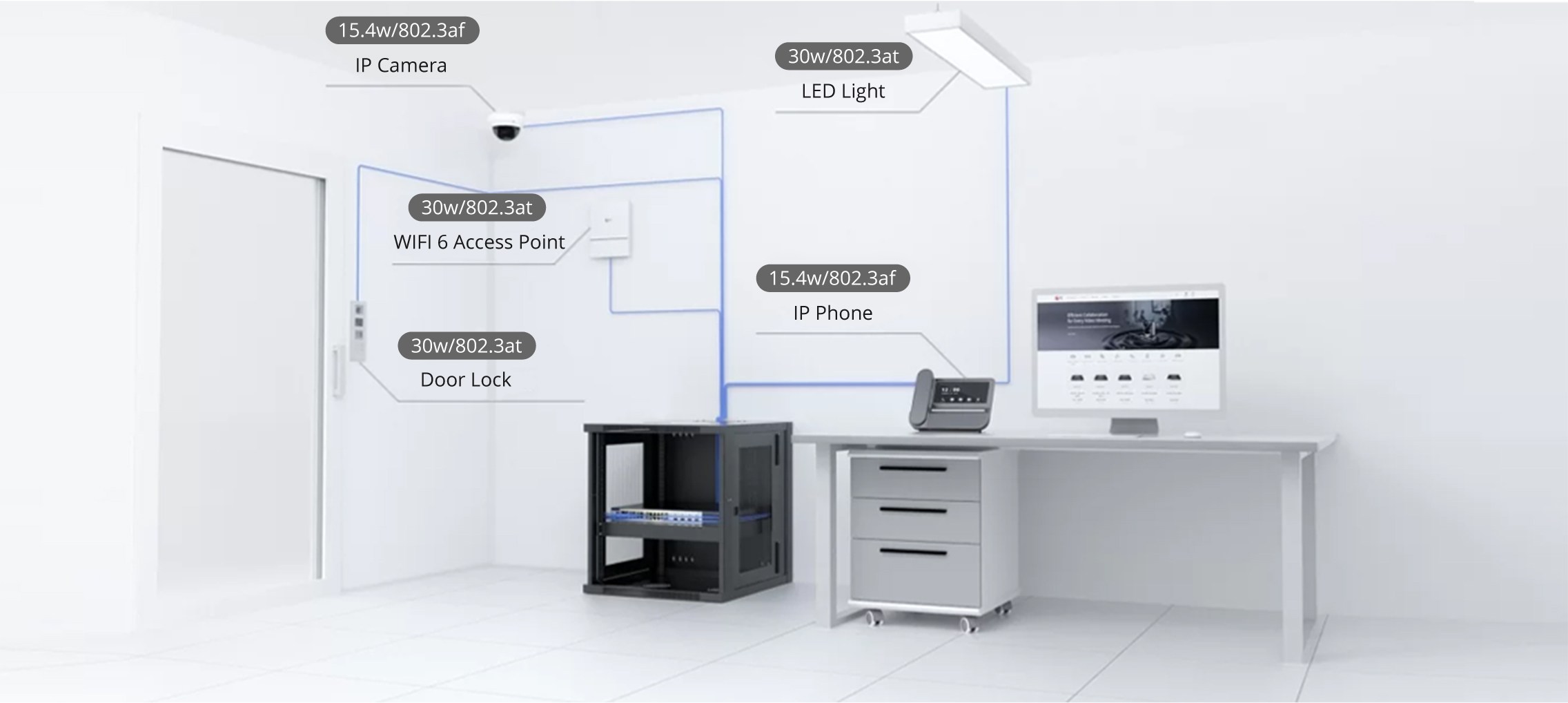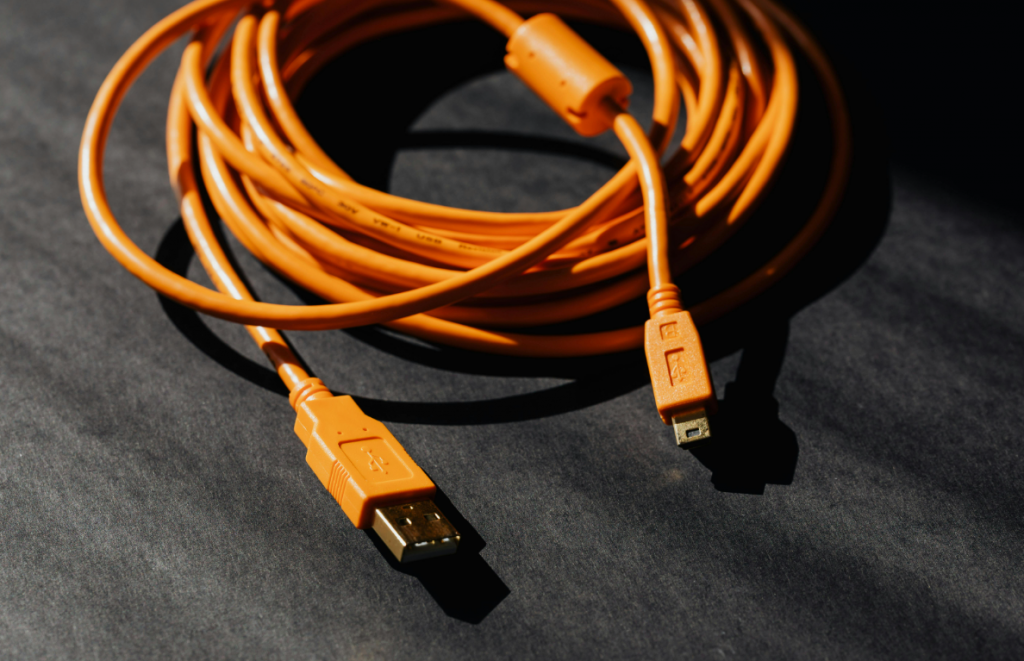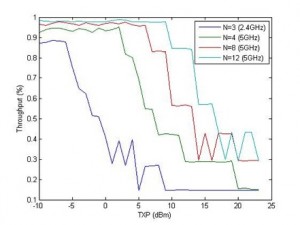































Ever since the much anticipated 802.11ac standard was ratified and supported by Enterprise class access points (AP), I've asked myself the question that perhaps other network and Radio-Frequency (RF) engineers have: how much of the theoretical 1.3Gbps 802.11ac data-rate can I really deliver to my users and what is the overall throughput experience when I deploy at scale or in high-density (HD) scenario? On the surface, it may seem intuitive that I should allocate 80MHz to my 802.11ac radios to achieve the best throughput BUT as it turns out, this approach has limited scale and may lead to lesstotal throughputthan a smaller 40Mhz channel -so in this case;less may bemore!
This is due to the fact that while in asingle-cell(AP) scenario (say 5000 sq. ft) it is realistic to expect most capable devices can reach 1.3Gbps (1Mbps of throughput) with 3 spatial stream (SS) & 80MHz (e.g. MacBook Pro) and 433Mbps (300Mb/s of throughput) with 1 SS & 80MHz (e.g. iPhone 6) BUT this throughput degrades quickly in a multi-cell environmentwhere co-channel-interference (CCI) from neighboring APs can dominate. So we need to look at the primary CCI contributors, which are:

Since channel bandwidth (BW) is inversely proportional to the number of available channels for reuse in each cell (which we shall call "N"), then if we choose a 80MHz channelthere may be between N=4 and N=6 80MHz channels available depending on whether dynamic frequency selection (DFS) aka "radar avoidance" is in use or, for example, other neighboring Wi-Fi networks have already used that channelor merely a 20MHz portion of it. However, if we choose 40MHz channel BW then the#of potential channels doubles to between N=8-12 which as we shall see leads to a significant difference in CCI. To understand the user impact from CCI, we look at the % of available air-timein a realistic multiple "ring" network where channels are reused causing degradation in our potential throughput (T).
 The graph at right shows potential Throughput (T) vs. reuse (N). If we focus on the 8-14dBm TXP range for a typical Enterprise network, we see that a 40MHz channel (N=8-12) has ~2x the throughput potential of a 80MHz channel (N=4-6). Factoring in the 2x BW delta between 40 and 80MHz channels, we could imply that the actual user throughput may be about the same in both and hence there maybe no real user advantage to 80MHz channels. Also, considering that interference in a single 20MHz sub-channel can invalidate an entire 80MHz channel it is also reasonable to assume a 40MHz channel might yield better total throughput due to its increased reliability.Thus for deployment in heavily used or high-density (HD) networks, 40MHz may be the preferred BW option.
The graph at right shows potential Throughput (T) vs. reuse (N). If we focus on the 8-14dBm TXP range for a typical Enterprise network, we see that a 40MHz channel (N=8-12) has ~2x the throughput potential of a 80MHz channel (N=4-6). Factoring in the 2x BW delta between 40 and 80MHz channels, we could imply that the actual user throughput may be about the same in both and hence there maybe no real user advantage to 80MHz channels. Also, considering that interference in a single 20MHz sub-channel can invalidate an entire 80MHz channel it is also reasonable to assume a 40MHz channel might yield better total throughput due to its increased reliability.Thus for deployment in heavily used or high-density (HD) networks, 40MHz may be the preferred BW option.
For more information about 802.11ac, visit www.cisco.com/go/80211ac.
 Hot Tags :
Mobility
Wireless and Mobility
Wi-Fi
802.11ac
Cisco High Density Wi-Fi
spectrum
Hot Tags :
Mobility
Wireless and Mobility
Wi-Fi
802.11ac
Cisco High Density Wi-Fi
spectrum